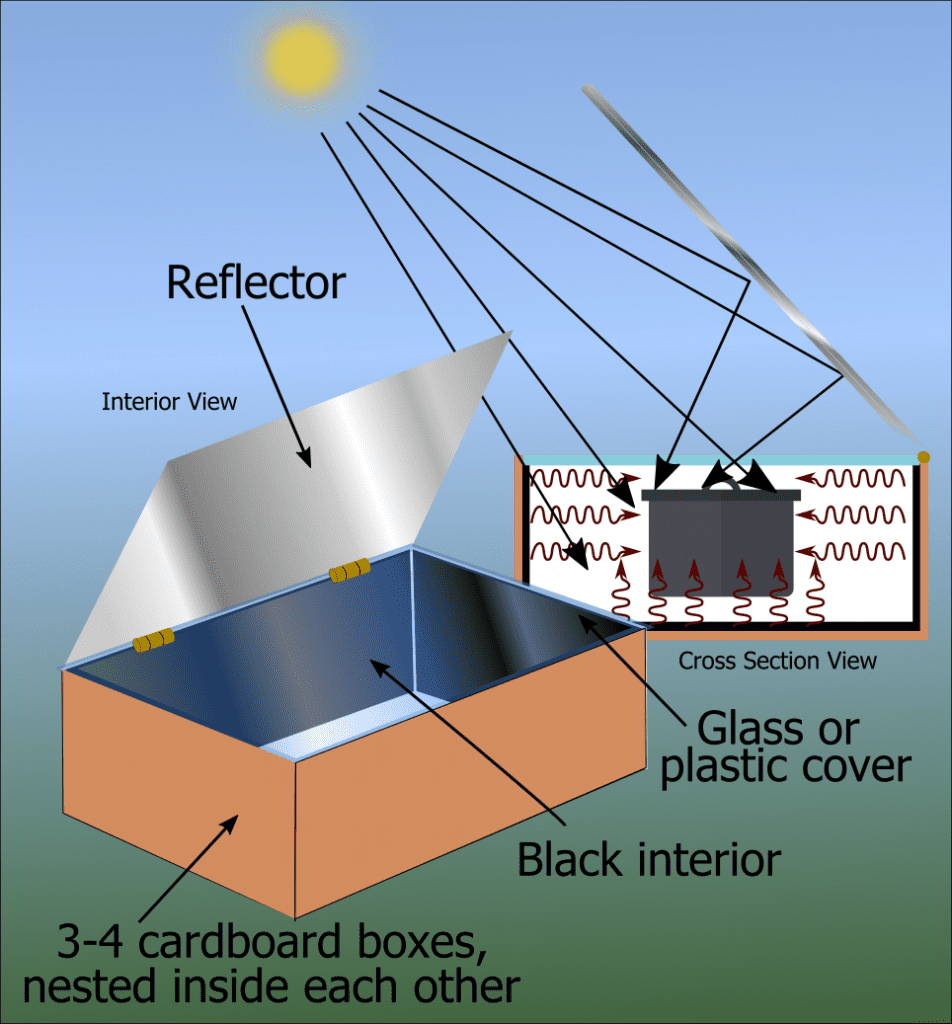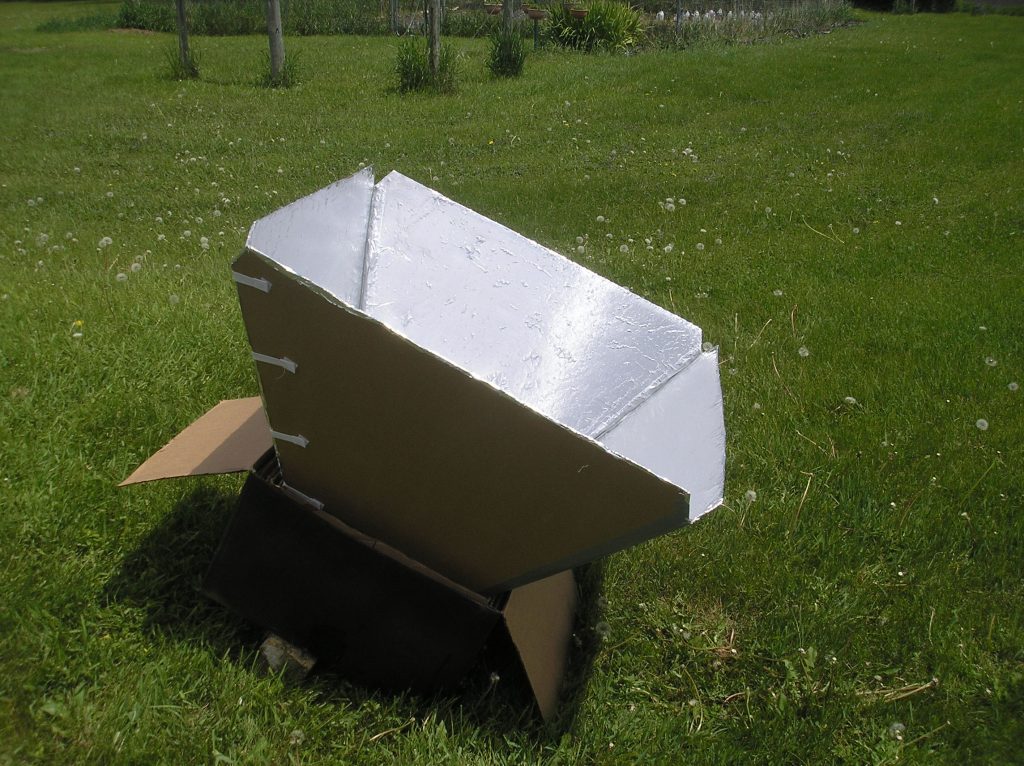

A power outage can be stressful. If you have prolonged power outage, you will be glad for a hot meal. What do you have planned for cooking if you can’t use your stove? June is the perfect time to learn how to cook off grid. This is a “kill two birds with one stone” kind of goal. You get to keep your kitchen cool while learning to cook without electricity.
Of course, everyone's barbecuing on the grill during the summer, but you also need to consider what you would do if there was a power outage in the dead of winter.
Here are some of the more popular off-grid cooking methods that you might want to try:
Start with solar cooking
When we're talking about off-grid cooking, I like to start with solar cooking. It's one of the cheapest off-grid cooking methods. You can make your own solar oven for less than $15. Or you can buy any one of several commercial solar ovens available on the market.
It's easy to make your own and it combines science with creativity, a great project to do with the kids. All it takes is a few cardboard boxes, a roll of tin foil and a piece of glass or Plexiglas to cover the box. See links below for sources on solar oven plans or buying a ready-made solar oven.

To make your own, you will need at least two, preferably three, cardboard boxes that can nest inside each other. A ½” gap between each box is ideal. If the gap between the boxes is more than ½” fill the space with layers of newspaper. This makes a nice, insulated box that will trap the sun-fueled hot air.
Spray paint the inside with black paint. When I made my solar oven, I spray painted the bottom and the side that would face the sun. I lined the other three sides with reflective tin foil. Use a spray adhesive on the cardboard to attach the tin foil.
You need just two more things to complete your solar oven: a reflector and a glass or Plexiglas plate to cover the top of the box. There are several styles of reflectors: parabolic, a simple rectangle or a funnel type. Make the reflector from cardboard to fit the oven chamber and covered it in tin foil. Or you can use one of those silver-lined windshield protectors as a reflector.
To keep all the heat inside the oven, you need to trap it with a plate of glass or Plexiglas. I used glass for my first solar oven. The hardware store cut the glass to the size I wanted. This was the most expensive part of the oven, about $5. I wrapped the edges with duct tape so there would be no sharp edges. But it got really hot and hard to lift while using hot pads and then duct tape melted off. Soon I had a giant crack the ended the life of the cover. So for my second solar oven, I used Plexiglas. I drilled a hole in the middle of the lower edge and attached a simple ceramic draw pull so it's easy to take off and put back on.
Other important components
So when you add in the other equipment to the cost of the oven, I spent a total of about $16 for my solar oven ensemble.

Wintertime cooking
An outage can occur anytime but an outage during winter brings with it a whole new set of problems. Cooking on the grill just might not be an option. And that's one of the things that's great about a solar oven: you can use it even in the dead of winter. There are several YouTube videos where people living in Minnesota and other northern climes demonstrate how to make a hot meal in a solar oven.
Keep your kitchen cool this summer and try your hand at solar cooking. You might find that it's a fun way to cook and a good skill to learn.
Everything you need to know about solar cooking plus dozens of plans for making your own:
Solar Cooking | Fandom.
More plans: https://www.builditsolar.com/Projects/Cooking/cooking.htm
My adventures in solar cooking: https://www.providenthomecompanion.com/solar-cooking/
At the very least, try making this solar hot dog cooker using a Pringles can: https://makezine.com/2014/06/08/how-to-solar-hot-dog-cooker-from-a-pringles-can/